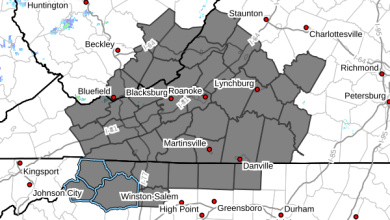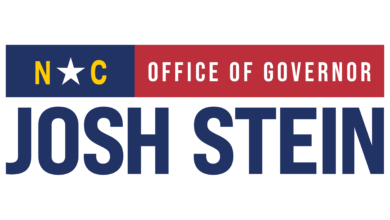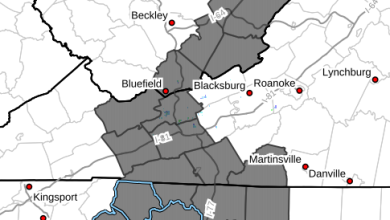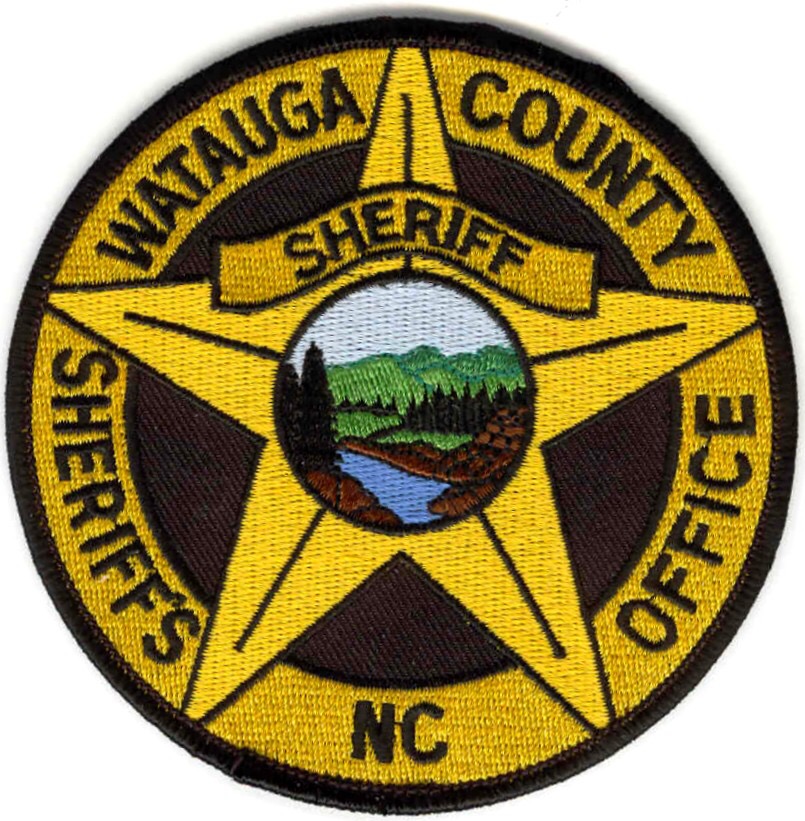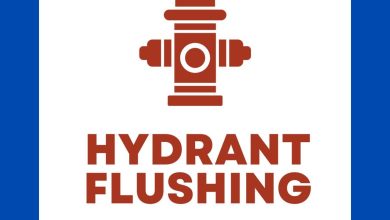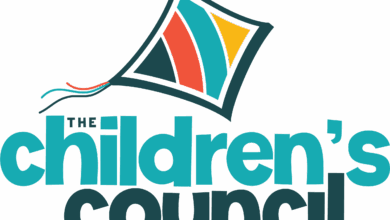Last Updated on April 17, 2012 8:08 pm
NCDOT has completed a draft of its long-range transportation plan update, called the 2040 Plan, and is asking the public to provide their comments. The 2040 Plan provides a 30-year transportation blueprint for the state, and is not project specific.
NCDOT is urging residents to take part in a third and final survey, which asks respondents to comment on the plan recommendations, which are summarized in a fact sheet on the draft plan. The department will use the survey responses as well as other public input to help determine the top priorities for making transportation investments.
Public input will be accepted until May 25 and will be used to shape the final 2040 Plan, which is expected to be presented to the NCDOT Board of Transportation for adoption in July.
Responses from two earlier surveys were used to develop the draft 2040 Plan. The first asked people to offer their thoughts on the future of transportation in North Carolina. The second survey requested prioritization for transportation investments and suggestions for funding.
The draft 2040 Plan can be reviewed by clicking this link, and the final survey can be completed online at www.ncdot.gov/performance/reform/2040Plan/.
A survey may be requested by calling the toll-free telephone number 1-877-DOT-4YOU (368-4968) or writing to 2040 Plan Update, NCDOT, 1503 Mail Service Center, Raleigh, NC 27699-1503. Copies of the draft 2040 Plan also may be reviewed at NCDOT Division Offices. Office locations may be found at
http://ncdot.org/doh/preconstruct/traffic/teppl/divbycounty.html. Citizens also may obtain information about the division offices by calling the toll-free telephone number.
The 2040 Plan will guide long-range transportation planning and investment, focusing on sustainable policies and programs for all types of transportation that are needed to enhance safety, improve mobility and reduce congestion for North Carolinians. The plan includes financing strategies that recognize the likelihood the current funding sources will not provide enough revenue to fund transportation in the future.







